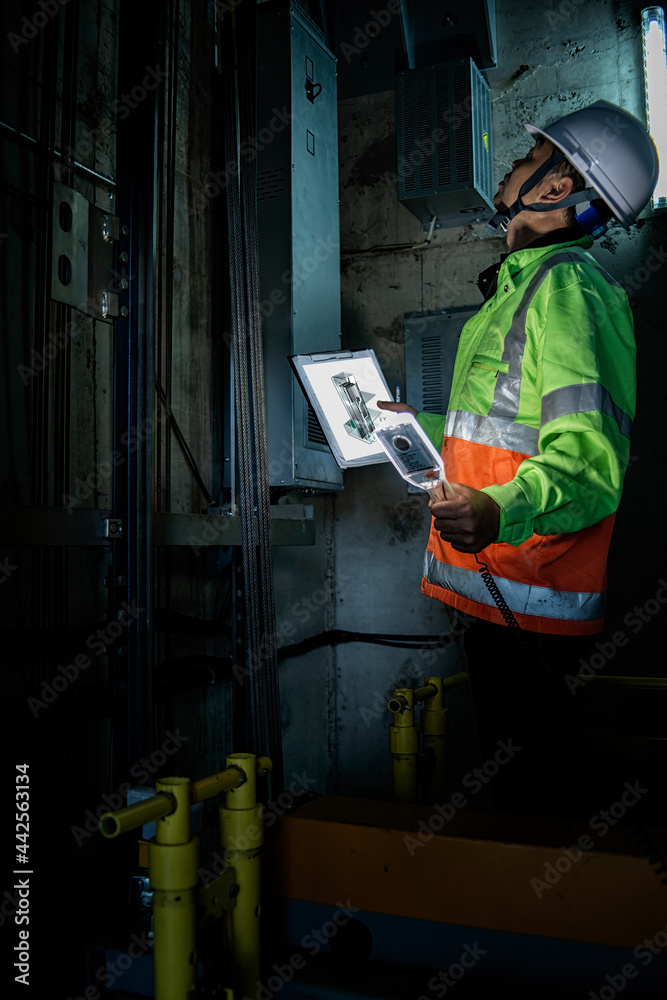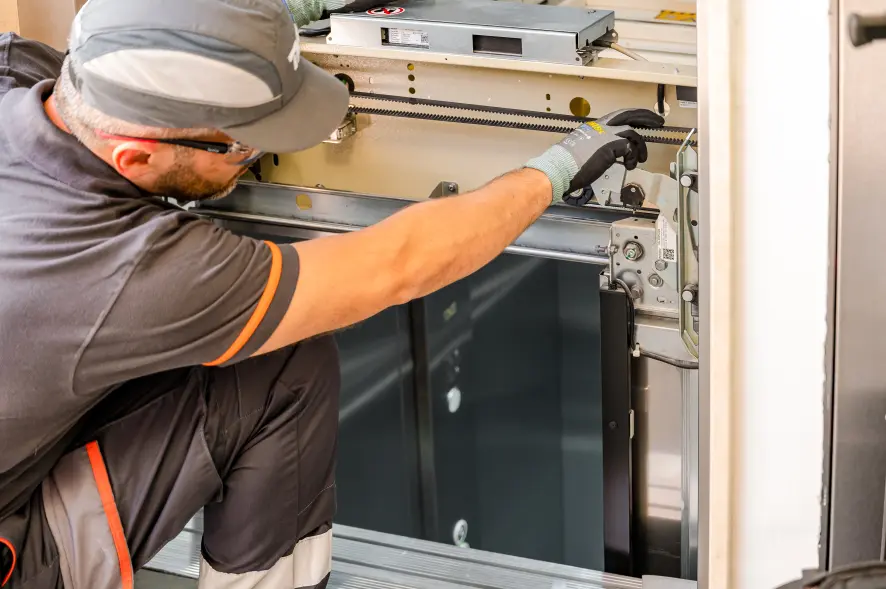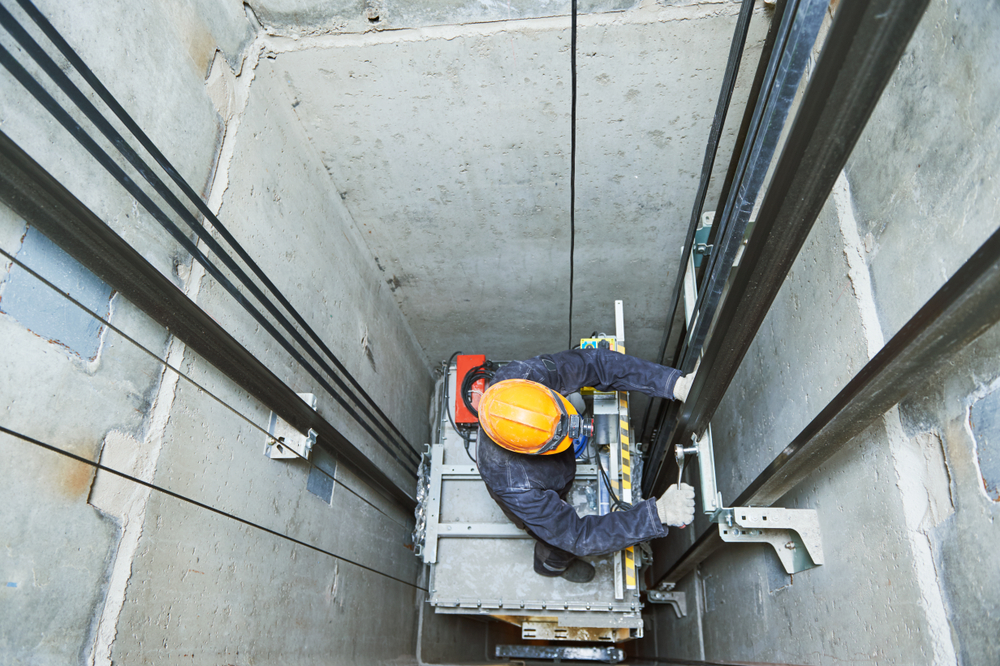Checking Out the Comprehensive Steps Required for Lift Maintenance
In the world of structure maintenance, ensuring the appropriate functioning and security of lifts is critical. The complexity of elevator systems calls for a precise technique to upkeep. From routine evaluations to strategic modernization plans, an all natural view of maintenance is vital. Nonetheless, in the ever-evolving landscape of lift modern technology and safety standards, there are extensive measures that have to be carefully complied with to guarantee optimum performance and compliance. By addressing key elements such as aggressive upkeep routines, safety and security checks, and emergency readiness, a complete understanding of the complexities entailed in lift upkeep can cause enhanced effectiveness and safety.
Routine Assessments
When it concerns ensuring the durability and security of your lift system, normal evaluations are paramount. These regular checks play an important duty in determining any possible problems prior to they rise right into major troubles, guaranteeing the smooth and risk-free procedure of the lift. By performing regular inspections, upkeep teams can proactively address damage, defective components, or any other issues that might compromise the lift's efficiency or safety and security.
During these evaluations, educated specialists completely examine numerous facets of the lift system, including mechanical elements, electrical systems, security functions, and total architectural stability (lift engineer). They seek indications of wear, corrosion, leakages, or any anomalies that might indicate a problem. In addition, they verify that all safety devices are working correctly and in compliance with regulations. By identifying and attending to issues early on, these evaluations assist avoid expensive fixings, downtime, or safety and security risks, eventually prolonging the life-span of the lift system and guaranteeing the health of its individuals.
Positive Maintenance Schedules
Executing positive maintenance timetables is essential for optimizing the efficiency and durability of lift systems. By sticking to an aggressive maintenance approach, lift owners can deal with prospective problems before they intensify into major problems, inevitably reducing downtime and costly fixings. Proactive maintenance involves regular assessments, lubrication of relocating components, screening safety attributes, and replacing used elements. These arranged maintenance tasks not just assist in preventing breakdowns however likewise add to keeping the lift's efficiency at ideal degrees.
A well-structured aggressive maintenance routine should outline specific tasks, regularities, and accountable workers. When creating these schedules to make certain the lift runs securely and successfully, it is important to comply with supplier suggestions and industry requirements. In addition, documenting maintenance activities and maintaining in-depth documents can provide important understandings into the lift's performance gradually, helping in making and recognizing patterns educated upkeep decisions.

Security Compliance Checks
Guaranteeing safety and security compliance with thorough checks is critical in maintaining lift systems' integrity and securing user wellness. Safety conformity checks include a comprehensive assessment of numerous elements, including electric systems, mechanical parts, emergency brakes, doors, and various other essential safety and security features. These checks are vital to recognize any kind of possible threats or breakdowns that might endanger the lift's procedure and placed users in danger.
Routine safety and security compliance checks must be conducted by qualified professionals in adherence to industry guidelines and requirements. These checks help in spotting concerns at an early stage, permitting for prompt repairs and precautionary upkeep procedures to be executed. In addition, maintaining in-depth records of security compliance checks is essential for tracking the lift system's efficiency in time and demonstrating compliance with security laws.
Equipment Upgrades and Modernization
Enhancing lift systems with tools upgrades and modernization is important for improving effectiveness and safety criteria in vertical transportation. As innovation developments, older lift systems may Read More Here end up being out-of-date, causing reduced reliability and prospective safety hazards. By purchasing devices upgrades and innovation, structure proprietors can make sure that their lifts meet current sector requirements and regulations.

In enhancement to functional benefits, devices upgrades and modernization tasks can also boost the visual appeals of the lift, supplying an extra modern-day and attractive experience for guests. Inevitably, purchasing lift upgrades and innovation is a positive strategy in the direction of making certain the durability, safety and security, and performance of upright transport systems.
Emergency Situation Readiness Planning
A reliable emergency situation readiness plan is vital for guaranteeing the safety and security and speedy reaction in instance of unanticipated cases involving lift systems. Emergency readiness preparation for lift systems involves an organized approach to alleviate dangers, guarantee traveler security, and decrease downtime throughout emergencies.
Key parts of an emergency situation readiness strategy for lifts consist of clear interaction methods, regular training for lift drivers on emergency situation procedures, and regular drills to evaluate the efficiency of the strategy. lift repair company. Additionally, the plan ought to outline specific duties and responsibilities for all stakeholders included, consisting of building administration, maintenance employees, and emergency -responders
In case of a lift malfunction or entrapment, having a distinct emergency situation strategy can help in collaborating a effective and prompt action to ensure the safety and well-being of guests. Timely interaction, access to emergency devices such as interaction devices and emergency situation lighting, and understanding of emptying treatments are necessary facets of a comprehensive emergency situation preparedness plan for lift systems. By focusing on emergency preparedness preparation, building supervisors can enhance the total safety and page dependability of their lift systems.
Verdict
In verdict, the detailed measures needed for lift maintenance include routine assessments, positive upkeep schedules, security conformity checks, devices upgrades and modernization, and emergency situation preparedness preparation. These steps are necessary for making sure the safety and security, dependability, and performance of lifts in numerous settings. By applying these actions, lift owners can lessen the danger of crashes, expand the life expectancy of their devices, and adhere to sector regulations.

Throughout these examinations, trained professionals completely check out numerous aspects of the lift system, including mechanical elements, electrical systems, safety and security functions, and overall structural integrity.Ensuring safety and security compliance through comprehensive checks is critical in preserving lift systems' integrity and securing user health. Maintaining detailed records of security compliance checks is important for tracking the lift system's efficiency over time and showing compliance with safety and security laws.
By prioritizing emergency situation preparedness preparation, structure managers can enhance the general safety and reliability of their lift systems.